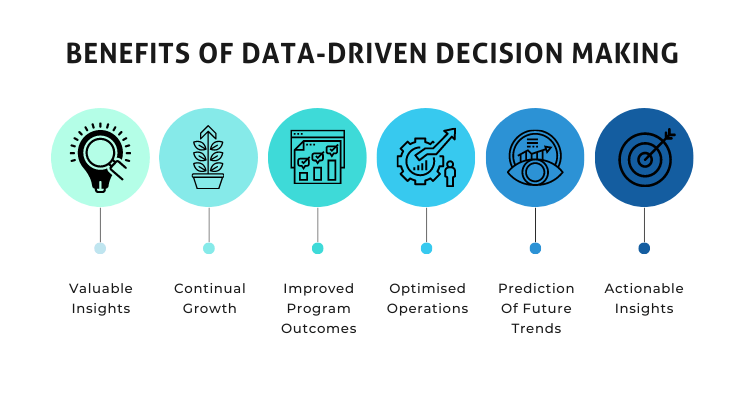by Jason Williams, Delivery Lead – Altis Canberra
Data and analytics have become extremely popular in the last few months and for good reason. Being able to embrace Business Intelligence (BI) and having the ability to leverage insights, it’s now possible to make informed decisions.
By having the right BI tools implemented and understanding how to actually analyse and measure the data accurately, you can make evidence-based, data-driven decisions, improving business outcomes and programs.
There is a reality though, and that is even if you have access to all the data you could ever need, it’s possible to make decisions that disregard insights and go with what sounds right in your head. In most cases, this is detrimental and results in a backwards step or no improvement.
Of course, sometimes it’s ok to follow instincts, however for most program, policy or business decisions, these should be supported by facts, figures and insights based on your aims and initiatives.
To help understand insights and improved business outcomes, I’m going to briefly discuss data-driven decision making and its importance.
What is data-driven decision making?
Firstly we should discuss what data-driven decision making is. That is collecting and storing information and data based on your aims and goals, analysing the data for patterns and insights, and using these to develop programs, policies and strategies to deliver on the overarching aims.
The fundamental concept of data-driven decision making means working towards those aims and initiatives by leveraging accurate and relevant data and analysing this information rather than going with your intuition. It’s very important that the data is accurate and relevant so you can create real, valuable insights.
Previously the ability to collect, derive and analyse information for data-driven decision making was a lengthy process, delaying and inhibiting the ability to make timely data-driven decisions.
Today, however, the development of BI tools has empowered all users (even those non-technical) to analyse and extract insights from their data. It has removed the reliance on IT to produce reports and visualisations to facilitate the data-driven decision-making process.
Data generally comes in two types; quantitative and qualitative, both of which are critical in making a data-driven decision.
Quantitative data focuses on statistics and numbers. Various things such as the mean, median and other descriptive statistics play a role here. It’s a measured type of analysis, compared to qualitative which is observed.
On the other hand, qualitative focuses on data that isn’t defined by numbers or metrics. Things such as stakeholder interviews and performance reviews. Qualitative analysis is based on observations rather than measurements. With this type of information, it’s important that items are grouped together methodically to make the best use of the information.
It’s important that both quantitative and qualitative data are analysed to make wiser data-driven decisions.
Why is data-driven decision making important?
Being able to make decisions with data consistently allows for continual growth. It enables improved program outcomes, optimised operations, prediction of future trends and most importantly, actionable insights.
It helps ensure you grow as a business and program and are more adaptable. With the current world constantly changing, you must be able to leverage data to make powerful, insightful informed data-driven decisions.
Data-driven decisions can improve or hinder (if not done correctly) business and program improvements. Approaching decision making and understanding data as an asset is the best way to ensure continual and improved growth.
Find out more about our Data Literacy Training Program here.
